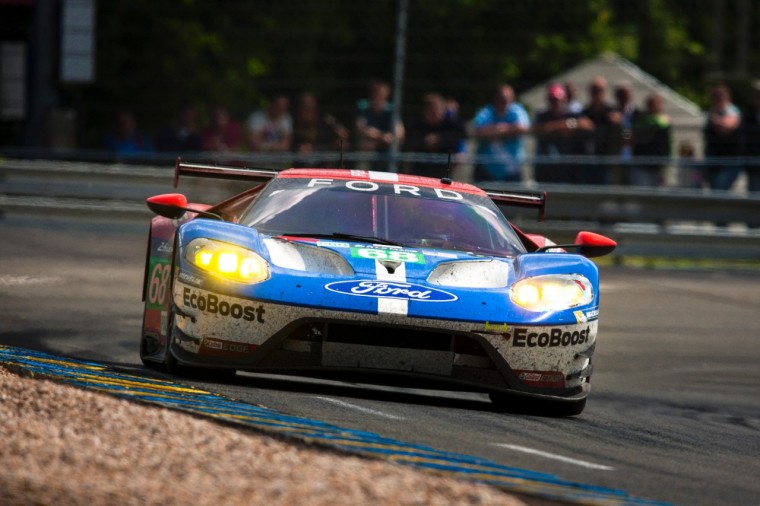Ford Will Make 500 More GTs—Let’s Hope They Go to the Right People This Time
There has yet to be a single person to take delivery of one of the new Ford GT production supercars, but that hasn’t stopped Ford from announcing that it would allow twice as many people from getting one as it did before.
Ford says it will extend the GT’s production run to four years, up from the two years that were initially planned. At an annual production rate of 250 cars, that doubles the total amount of Ford GTs that will be made from 500 to 1000.
This follows the announcement that the Ford GT racing program—which took a historic victory at the 24 Hours of Le Mans earlier this year—would continue in both the FIA World Endurance Championship and IMSA WeatherTech SportsCar Championship until the end of 2019.
Though an undoubtedly pleasant surprise for the 6,000 applicants who were denied, I can’t help but view the decision with a bit of cynicism.
Ford has gone through a great deal of effort to hype up the new GT and not always in the most graceful manner. To begin with, its racing outfit sandbagged during the first two races of the WEC in order to get under the FIA’s balance of power radar and gain an unfair advantage at Le Mans. Ford was obviously doing this in an attempt to score advertisement heaven by recreating its 1-2-3 win from 1966 on its 50th anniversary—even if that meant trying to slap the competition with a ridiculous and unsportsmanlike penalty.
Furthermore, the decision to sell the new Ford GT production car as though it were a Ferrari was an odd one. Ford built more than 4,000 2005-06 Ford GTs, yet this time it wanted to make only 500, require special garages to service them, and make applicants go through a vetting process.
That would perhaps not have been a problem had Ford actually screened its applicants the way it had claimed it would: by prioritizing people with a history of true loyalty and enthusiasm for the brand, who would actually drive the car rather than immediately sell it on the used market.
Instead, the biggest deciding factor on whether an applicant is approved for a Ford GT is their social media presence and public influence. In the questionnaire, Ford asks details of applicants’ online profiles, blog posts, videos, and audience demographics, making it clear that the best way to get your hands on the new car is to become an unpaid PR hack for, hopefully, a large audience.
In fact, it only takes a few Google searches to find stories of long-time Ford customers and enthusiasts—at least one of which has spent millions on Ford cars over the past 25 years—who feel betrayed after receiving their rejection letter while celebrities (online and offline) with little history for caring about Ford or cars in general get approved.
Then again, how else are people going to see the Ford GT? They were, after all, only going to make 500.
So I do feel cynical when Ford says it’ll make 500 more after that. Part of me believes that Ford was always going to keep its options open and that this is just another (small) marketing stunt to get even more people interested in buying a car that costs nearly half a million dollars and to keep the buzz going. Let’s just hope that more true enthusiasts and Ford loyalists get approved this time around, rather than people through whom Ford hopes to advertise itself.
Kurt Verlin was born in France and lives in the United States. Throughout his life he was always told French was the language of romance, but it was English he fell in love with. He likes cats, music, cars, 30 Rock, Formula 1, and pretending to be a race car driver in simulators; but most of all, he just likes to write about it all. See more articles by Kurt.



